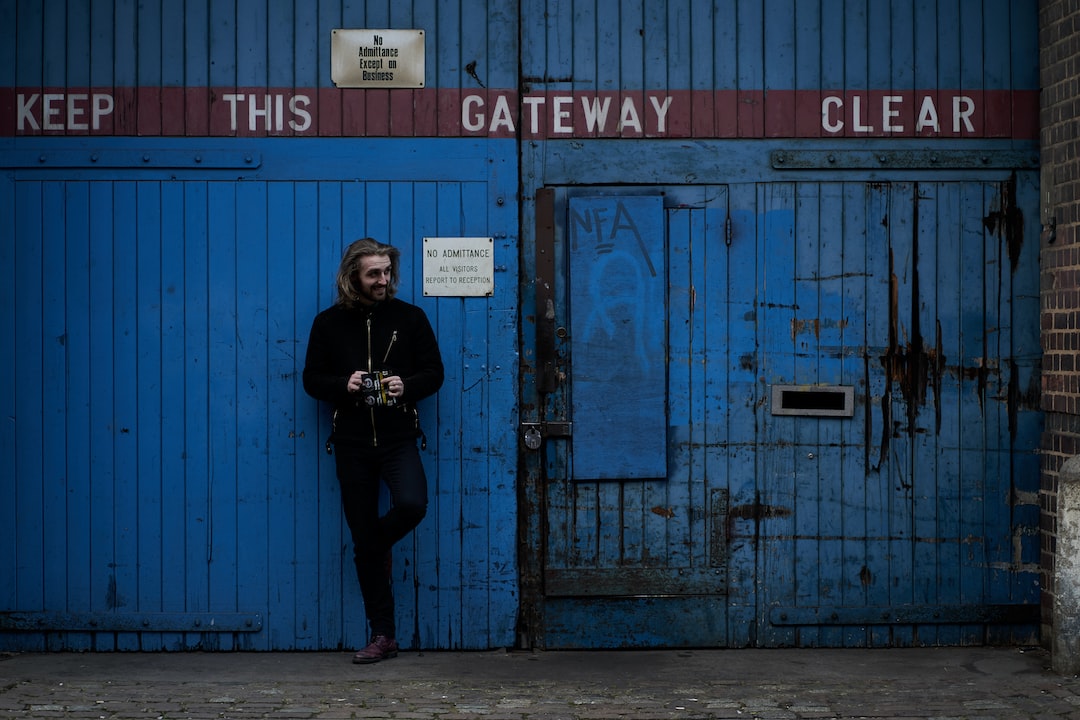
Shading is an essential technique used in various art forms, including drawing, painting, and digital art. It adds depth, dimension, and realism to an artwork by creating variations in light and shadow. In this article, we will explore ten different shading techniques that artists use to enhance their creations.
1. Hatching
Hatching involves creating parallel lines or strokes in one direction to create shading. The closer the lines are together, the darker the area appears. Artists often use hatching to portray texture or create values in a drawing.
2. Cross-hatching
Cross-hatching is similar to hatching but involves intersecting lines or strokes. By layering lines in different directions, artists can create a darker and more textured appearance. This technique is commonly used in pen and ink drawings.
3. Stippling
Stippling involves adding small dots or specks to create shading and texture. The density and size of the dots determine the darkness or lightness of an area. Stippling is commonly used in ink drawings or pointillism.
4. Blending
Blending is a technique used to create smooth transitions between different values or colors. Artists can utilize various tools like brushes, blending stumps, or their fingers to blend colors together, creating a gradual change in shading.
5. Smudging
Smudging involves using a finger or a blending tool to blur or smudge the lines or strokes in a drawing. It creates a softer and more atmospheric effect, particularly useful for creating shadows or shading in portraits or landscapes.
6. Cross-contour lines
Cross-contour lines are lines that follow the contours or shapes of an object. They help create the illusion of form and volume by suggesting the direction of light and the three-dimensional structure of the subject. Cross-contour lines can vary in thickness to achieve different shading effects.
7. Gradient shading
Gradient shading involves smoothly transitioning from one shade to another by gradually changing the intensity or color of the medium being used. This technique is commonly used in digital art, where artists can use software tools to create smooth gradients.
8. Chiaroscuro
Chiaroscuro is an Italian term that means “light-dark.” It involves depicting a stark contrast between light and shadow to create a dramatic effect. This technique is often associated with Renaissance and Baroque art and is frequently used to create a sense of volume and depth.
9. Sfumato
Sfumato is a technique that creates soft and blurred edges by blending colors or values together. This technique is often used in portraiture, particularly in capturing the subtle transitions of light and shadow on the face.
10. Wet-on-wet
Wet-on-wet is a technique commonly used in oil painting. It involves applying wet paint onto a wet surface, allowing the colors to mix and blend together naturally. This technique is suitable for creating soft and subtle shading.
Conclusion
Shading techniques are powerful tools that artists use to bring their artworks to life. Whether it’s hatching, blending, or chiaroscuro, each technique offers a unique way of creating depth, texture, and dimension. By mastering and experimenting with these techniques, artists can elevate their creations and captivate their audience.
